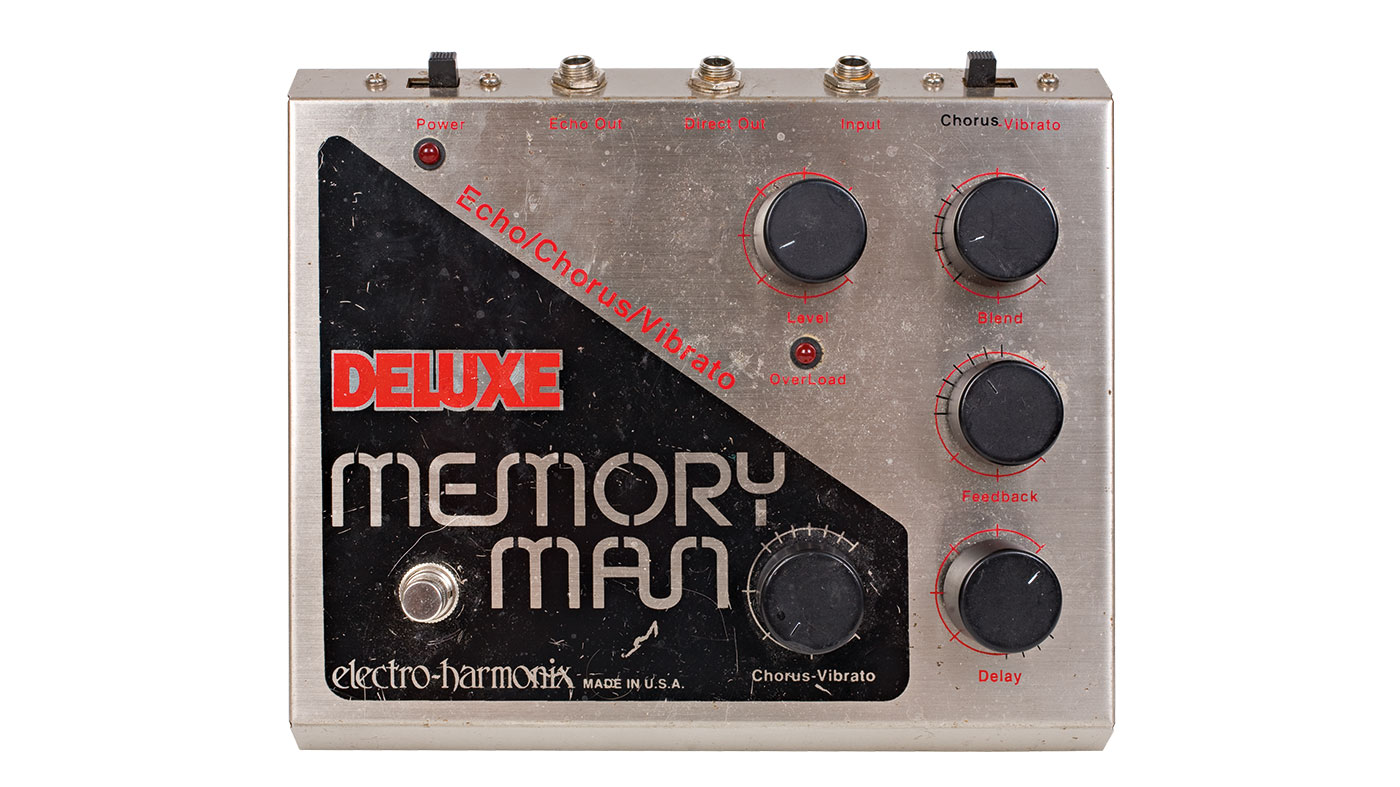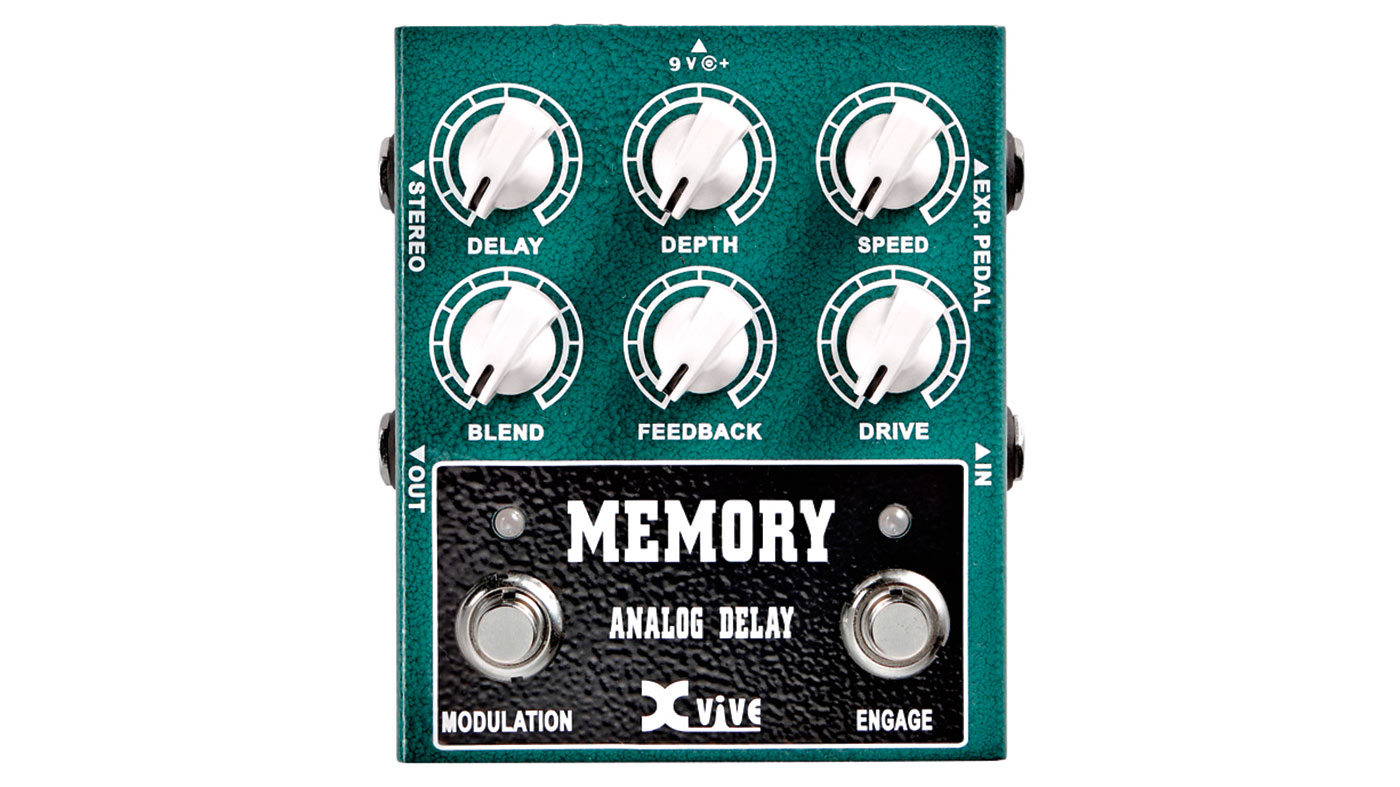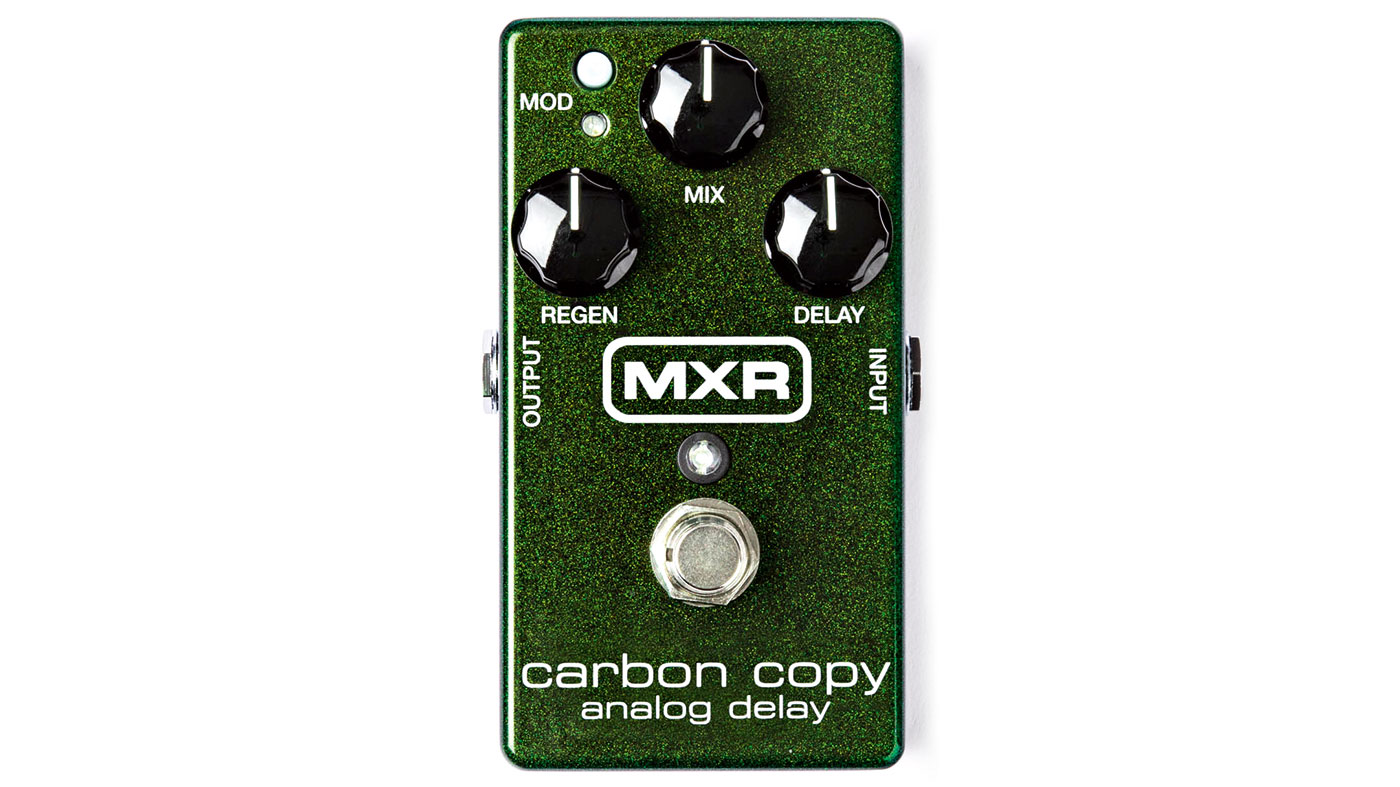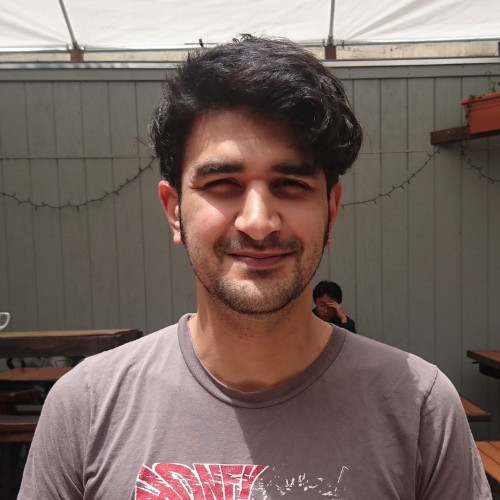The FX files: Electro-Harmonix Deluxe Memory Man
We look at the trademark dark, wobbly repeats of the iconic delay pedal

Tape echoes had been around for a few years when solid-state echo technology appeared in pedal format. The most famous, the EHX DMM, now has legendary status...
The Deluxe version of the Memory Man delay from Electro Harmonix, released in 1980, was the fifth iteration of the Memory Man design, which made its debut in 1976. Key to its significance were two additions that made for an organic delay sound - a knob to control the preamp level, and a dedicated knob for the chorus and vibrato effects that had been introduced on the two previous versions of the pedal.
The most famous player of the DMM is U2’s The Edge; you will have heard it on iconic tracks like Sunday Bloody Sunday
Although a delay time of 300ms is short by modern standards, it was pushing the bucket-brigade chips inside the unit to the limit. Bucket-brigade devices, or BBD for short, are discrete capacitor arrays that were used to pass analogue audio signals before buffer-based digital delays were available.
As the signal passes down the array, treble content is lost, and signal noise increases. This gives the DMM its trademark gritty, warm tone. The DMM, like the original Memory Man, had controls for Blend, Feedback and Delay, which still are the de-facto standard descriptions for controls today.
The most famous player of the DMM is U2’s The Edge; you will have heard it on iconic tracks like Sunday Bloody Sunday. He was an early adopter of the echo unit, and began using the standard Memory Man on early U2 recordings. Other famous players of the Deluxe version include Robert Smith, Ed O’Brien, Arctic Monkeys’ Jamie Cook and the late Chris Cornell.
And despite its unusual power requirements and a high noise floor, the bulky original DMM remains on the boards of many professional players. EHX has responded by reissuing it a number of times, as well as adding compact versions like the Memory Boy and Memory Toy to the line-up.
Features
1. Blend
Get the MusicRadar Newsletter
Want all the hottest music and gear news, reviews, deals, features and more, direct to your inbox? Sign up here.
This governs the blend of dry and affected signal that is outputted by the pedal. The DMM also had ‘echo’ and ‘direct’ outs on the rear to separate these two audio lines if required. It’s worth noting that only the delay line runs through the preamp block.
2. Level
The DMM has a built-in preamp. On the earliest MM models, there was a simple ‘boost’ switch, but this morphed into the ‘level’ control, for finer tuning. The 4558 op-amp in some DMMs is similar to that in certain Tube Screamers, and can be used to boost the input signal.
3. Feedback
The number of repeats. At higher settings, the treble roll-off caused by the BBD chips in the unit would be more pronounced. All the way up, the pedal will tumble into auto-oscillation, an interesting side-effect of analogue delays that isn’t always shared by digital units.
4. Chorus/Vibrato
The secret weapon of the pedal, this is the feature that controls the speed of the tape echo-style warble, which is its signature sound. A switch on the rear of the unit selects either chorus or vibrato; cue decades of arguing over which sounds better.
5. Delay
Delay time can be quite variable in new units, but generally tops out at around 300ms. Shorter delay times, combined with the chorus and vibrato, give this pedal a reverb-like, washy quality, reminiscent of tape echo units.
Under the influence

Xvive W3
£129
Bringing a reissue of the original BBD chips that powered the DMM to market must have inspired Xvive, and Howard Davis, the designer of the original unit, was tasked with creating a new delay pedal using the reissued chips. The result is the now discontinued W3, a surprisingly cost-effective, if aesthetically unremarkable unit. But don’t be fooled by its looks - the sounds produced are the real deal!

Chase Bliss Audio Tonal Recall
£399
One of the most innovative boutique equipment manufacturers, Joel Korte’s Chase Bliss Audio have redefined the boundaries of the possible with analogue circuits, marrying them to a plethora of additional controls driven by a digital ‘brain’. The Tonal Recall offers up to 550ms of delay time, supplied by a pair of reissued MN3005 chips - the same as the DMM.

MXR Carbon Copy
£145
With Regen, Mix and Delay pots, and a mod switch, the Carbon Copy controls are similar to the front panel of the DMM, and its lush analogue delay sounds have turned up on the boards of Deftones, Troy Van Leeuwen and Mikael Åkerfeldt, among others. For years, when the DMM BBD chips were out of production, the Carbon Copy was one of the only ways for players to get their analogue delay kick.
Classic tones

Get The Tone #1: Tape-Style Delay
For more modern, ambient-style guitar in the vein of artists like Hammock, or Lowercase Noises. It has almost more of a reverb-like character to it than a strict ‘echo’ sound, and the chorus sound is very pronounced.
- Level: 9 o’ clock
- Vibrato/chorus: max
- Blend: 8 o’ clock
- Feedback: 12 o’ clock
- Delay: max

Get The Tone #2: U2-Style Short Delay
You might have to wiggle a bit to get into dotted-eighth territory manually, but ignoring the fact that The Edge typically used a pair of delays, you should be able to approximate the shorter of the two echoes with these settings.
- Level: 6 o’clock
- Vibrato/chorus: 6 o’ clock
- Blend: 8 o’ clock
- Feedback: 6 o’ clock
- Delay: 10 o’ clock

Get The Tone #3: Modern Prog Rock
Bands like Oceansize and Karnivool that incorporate post-rock textures into their music might use a setting like this. Mark Hosking from Karnivool has a DMM on his board with an extra-large Delay knob that he can manipulate with his foot; he also uses it for oscillation.
- Level: 9 o’ clock
- Vibrato/chorus: 9 o’ clock
- Blend: 8 o’ clock
- Feedback: 10 o’ clock
- Delay: 11 o’ clock
Alex Lynham is a gear obsessive who's been collecting and building modern and vintage equipment since he got his first Saturday job. Besides reviewing countless pedals for Total Guitar, he's written guides on how to build your first pedal, how to build a tube amp from a kit, and briefly went viral when he released a glitch delay pedal, the Atom Smasher.
“A pedal that sings with harmonic richness and blooming touch response”: Tone King offers up boutique tube amp tones for your pedalboard with the Imperial Preamp
“Each and every unit is perfectly dialled in to the 'sweet spot' that can be so elusive to find in vintage pedals”: Pigtronix’s Gas Giant is a high-gain fuzz pedal with a FET-driven onboard noise gate












